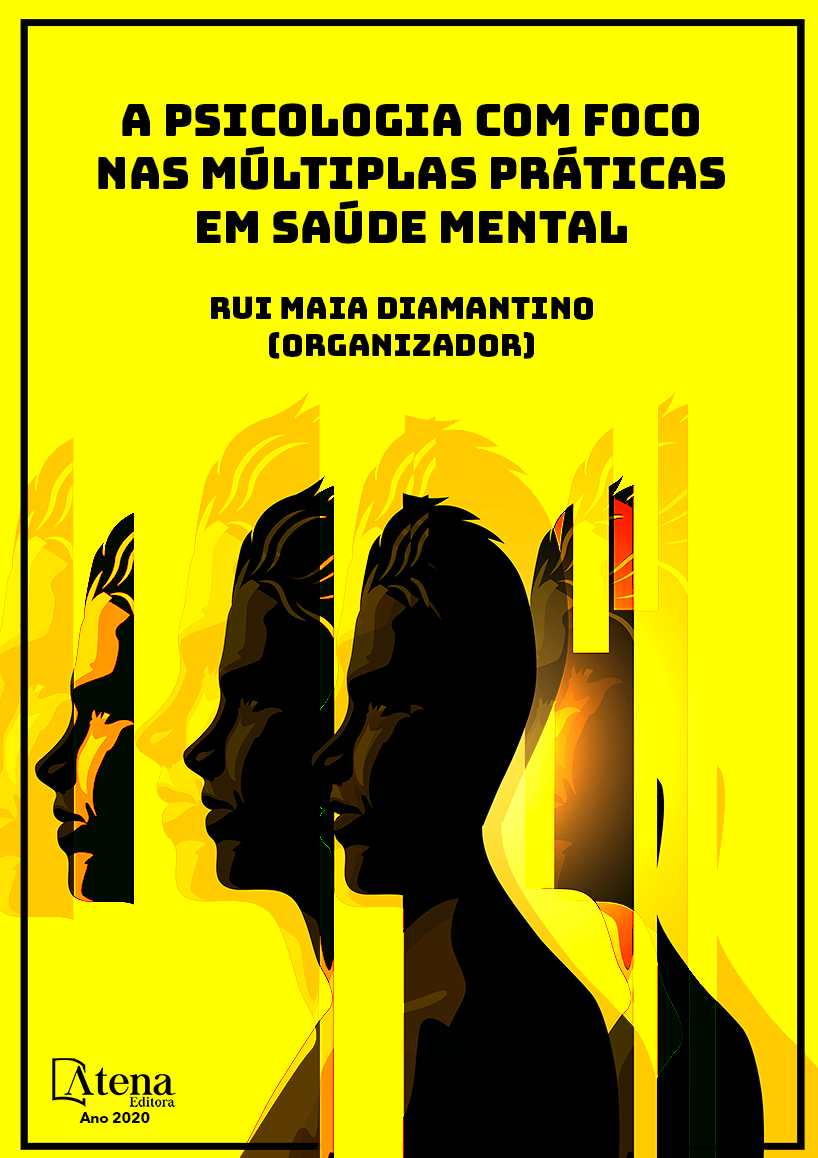
ESPELHO, ESPELHO MEU... A INFLUÊNCIA DAS MÍDIAS SOCIAIS NO DESENCADEAMENTO DE TRANSTORNOS ALIMENTARES E DISMÓRFICOS
O Manual Diagnóstico e Estatístico
de Transtornos Mentais (DSM) em sua quinta
edição aborda os comportamentos inadequados
diante da alimentação, sejam eles evitativos,
compulsórios e ou restritivos e também os
comportamentos exagerados em relação a
distorção da imagem corporal. Quando abusivos
e nocivos à saúde, esses comportamentos
podem se enquadrar nas classificações e
tipologias do DSM, sendo considerados
patologia. Nessa perspectiva, para além da
sintomatologia orgânica, essas manifestações
são diretamente influenciadas por fatores
biopsicossociais. Assim, cabe contextualizar
que desde os primórdios, o padrão estético
corporal de beleza é normatizado e dessa forma
todas as culturas se desenvolvem marcadas
por modelos estéticos fortemente definidos,
vistos na literatura, na arte, pinturas, esculturas
e hoje nas mídias sociais e tecnológicas.
Diante disso, muitas pessoas estão em busca
de um corpo perfeito, ressoando, por vezes,
em comportamentos excessivos permeados
de mal-estar e sofrimento psíquico. As mídias
como cinema, televisão, marketing e revistas,
internet têm contribuído para que os indivíduos,
em sua maioria as mulheres, sobretudo, jovens,
se dediquem em ter um corpo excessivamente
magro, definido para se enquadrarem no
padrão de beleza atual podendo levar assim
ao desenvolvimento de transtornos alimentares
e dismórficos. Considerando essa temática, o
presente trabalho buscar analisar a influência
dos padrões de beleza impostos nas mídias no
desencadeamento de transtornos alimentares e
dismórficos a partir de uma revisão bibliográfica,
constituindo-se uma pesquisa qualitativa de
delineamento descritivo.
ESPELHO, ESPELHO MEU... A INFLUÊNCIA DAS MÍDIAS SOCIAIS NO DESENCADEAMENTO DE TRANSTORNOS ALIMENTARES E DISMÓRFICOS
-
DOI: 10.22533/at.ed.8442019025
-
Palavras-chave: Mídias Sociais, Transtornos Alimentares, Transtornos Dismórficos, Psicologia
-
Keywords: Social Media, Eating Disorders, Dysmorphic Disorders, Psychology
-
Abstract:
The Diagnostic and Statistical
Manual of Mental Disorders (DSM), in its fifth
edition, addresses inadequate eating behaviors,
whether avoidant, compulsive or restrictive, and
exaggerated behaviors in relation to distortion
of body image. When abusive and harmful to health, these behaviors can fit into the
DSM classifications and typologies, being considered pathology. In this perspective, in
addition to the organic symptomatology, these manifestations are directly influenced by
biopsychosocial factors. Thus, it is important to contextualize that from the beginning,
the aesthetic body pattern of beauty is normalized and in this way all cultures are
marked by strongly defined aesthetic models, seen in literature, art, paintings, and
sculptures today in social and technological media. Faced with this, thousands of
people are in search of a perfect body, resounding at times in excessive behaviors
permeated by malaise and psychic suffering. Media such as cinema, television,
marketing and magazines, the internet have contributed to the fact that individuals,
mostly women, especially young people, dedicate themselves to having an excessively
thin body, defined to fit the current standard of beauty and can lead thus leading to the
development of eating and dysmorphic disorders. Considering this theme, the present
work seeks to analyze the influence of beauty standards imposed in the media in the
triggering of eating and dysmorphic disorders from a bibliographical review, constituting
a qualitative research of descriptive design.
-
Número de páginas: 10
- Raissa Rabelo Marques Rebouças
- DALVINA SIQUEIRA COSTA


